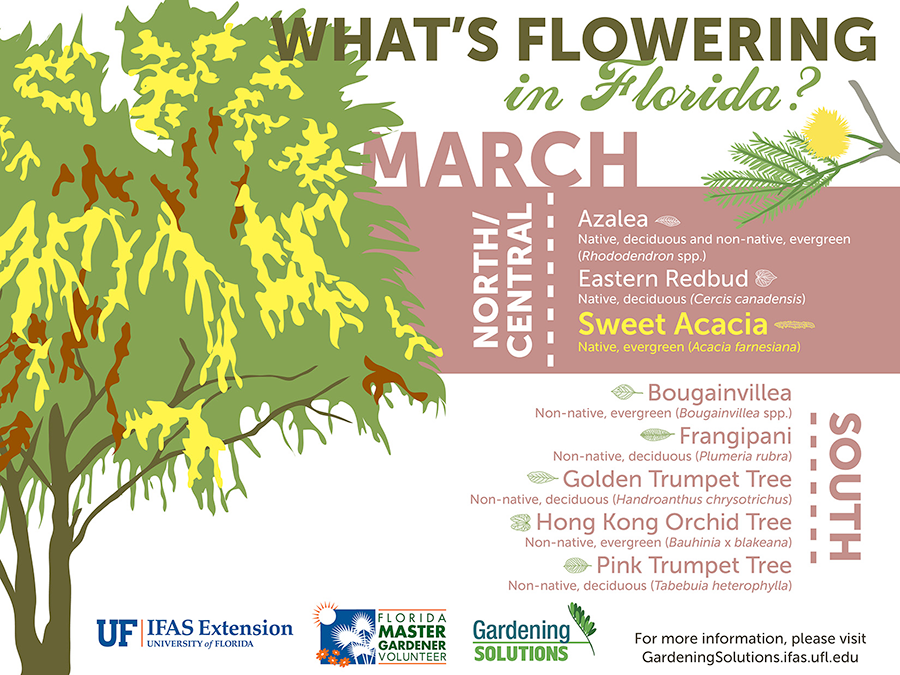Protecting Your Landscape: Replanting After Tree Elimination
Protecting Your Landscape: Replanting After Tree Elimination
Blog Article
Material Develop By-Breum Upton
Tree elimination can leave a void in your landscape that needs dental filling. You can grow something brand-new in that space, however it takes additional care and interest at the beginning to assist it flourish.
The soil in that area will certainly maintain altering in time as microorganisms break down the old origins. That can influence the nutrition balance and physical space for new growth.
Soil
The soil in a story where a tree has actually been removed is likely to be extremely different from the remainder of your yard or lawn. The roots of the old tree and the stump will certainly have changed the soil, getting rid of some nutrients and potentially crowding out various other plants. Furthermore, if the previous tree was diseased, the infectious representative may still be in the ground.
The existence of origins cultivates a rich and varied community of dirt bacteria that enhances important processes like nutrient biking and organic matter decomposition. Without these bacteria, the displaced dirt can come to be much less fertile and nutrient-depleted, with a negative influence on plant development.
Before replanting, the soil must be removed of particles and natural product (such as wood chips from stump grinding). You might wish to mix in potting dirt or indigenous dust with this compost to supply your brand-new growing with an environment that is well balanced and packed with nutrients.
Water
Tree origins take in big quantities of water from the dirt. This procedure additionally includes nutrients back to the dirt, particularly nitrogen, which is essential for new trees and plants. Sadly, old soil can be depleted of these crucial minerals due to the decaying roots and stump from a gotten rid of tree.
This is why it is necessary to have a plan for the future of your landscape. Preferably, the very best time to plant is when you have a fresh start.
Whether you're planting lawn or flowers, make certain to utilize a soaker hose to avoid overwatering your new landscape design. If the location was a yard, make certain to cover the soil with natural compost to assist maintain dampness in the dirt, manage dirt temperatures and reduce weeds. This additionally gives a layer of defense for young plants and advertises worm activity. Then, on view replenish the compost to proceed improving the dirt nutrient thickness and microbial life. https://shifting-pattern-for-a-1842197.newsbloger.com/29862057/getting-expertise-regarding-the-expenditures-connected-with-the-removal-of-trees-what-you-ought-to-prepare-for is known as soil restoration.
Light
Trees are a great addition to any landscape, providing color, visual pulchritude, and many other benefits. Nonetheless, often https://cdltrainingcost08753.onzeblog.com/29324638/prior-to-axing-a-tree-from-your-land-consider-these-5-critical-elements end up being unattractive as a result of a range of reasons, including disease, parasite infestations and all-natural aging.
In such situations, it may be required to get rid of a tree. It's important to consider the value of a particular tree in your landscape design and take the proper actions to ensure that the elimination is done securely and efficiently.
Throughout the late summertime, it's an ideal time to perform maintenance and inspections on existing trees. Seek signs of condition, insect problems, or structural damages, along with any type of potential hazards such as damaged or leaning trees.
Before beginning any construction jobs, make certain to protect the root zones of existing trees by avoiding dirt compaction and grading around them. Organic matter, as it breaks down, can create toxic gases that are damaging to the origins of a tree. It's also a good idea to mulch the area around a tree after building and construction has finished to conserve moisture and subdue weed development.
Temperature level
Trees are necessary to a landscape for their visual appeal, yet they also play an essential function in the regional community by giving color and windbreaks. They support wildlife habitats and reduce the amount of co2 in the air, which can add to global warming. This is why it is suggested to replant trees after eliminating one from the residential property.
When replanting a new tree in the place of a previous stump, the dirt may not have enough nutrients to sustain it. It is best to wait for a year before growing to make sure that the soil will certainly be rich in nutrients.
To ensure that replanted trees flourish, it is important to give them with appropriate treatment. A layer of mulch will certainly keep dirt dampness from vaporizing, control dirt temperature, and assistance reduce weeds. Organic compost is the preferred option since it boosts soil fertility. Ongoing fertilizing and insect control are also necessary for replanted trees.